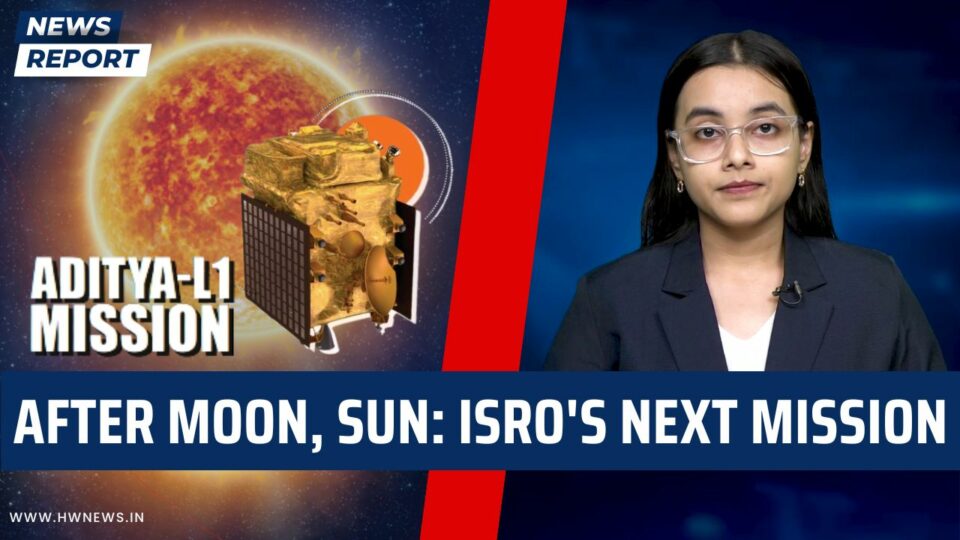After successfully becoming the fourth country to land on moon, and first country to land on moon’s south pole, India is all set for its next mission to the sun. Yes, you heard that right. Sun is our next location for exploration. The sun mission, named Aditya L1 shall be the first space mission to study the sun. Now you would be wondering how the Sun? Then let me clearly give you the entire detail of the mission to the sun. Aditya-L1 which means sun in Sanskrit, has arrived at its launch site in Sriharikota, on India’s east coast. However, ISRO hasn’t yet announced the launch date, but according to the media reports, the spacecraft Aditya-1 could lift off in the first week of September. The Aditya L1 spacecraft shall be placed in a halo orbit around the Lagrange point 1 of the Sun-Earth system, which is about 1.5 million km from the Earth. Now, why place the spacecraft around that orbit? The reason for this placement of the satellite in the halo orbit around the L1 point is that it has the major advantage of continuously viewing the Sun without any eclipses. This will assist ISRO with a greater advantage of observing the solar activities and its effect on space weather in real time. It is expected from the Aditya L1 mission to provide the most crucial information to understand the problem of coronal heating, pre-flare and flare activities and their characteristics, the dynamics of space weather, propagation of particles and fields and many more. The Aditya L1 spacecraft will carry seven payloads to observe the outermost layers of the Sun by using electromagnetic and magnetic field detectors. Using the special Lagrange point 1, four payloads of Aditya L1 would directly view the Sun and the remaining three payloads would carry out in-situ studies of particles and fields at the Lagrange point L1, thus providing important scientific studies of the propagatory effect of solar dynamics in the interplanetary medium. The Aditya-L1 will be launched using a PSLV rocket. Similar to Chandrayaan missions, the Aditya-L1 will initially be placed in a low earth orbit and subsequently launched towards L1 using onboard propulsion. The total travel time is estimated to be about four months. Well, the sun is not limited to ISRO. There are other upcoming space missions too. India has also set its sights on exploring Venus. The United States, the European Space Agency, and China have planned missions to Venus, however India’s tentative mission named Shukaryaan, initially planned for 2024, may be postponed to 2031 due to pending approval from the government. Along with it, there will be India’s first manned space-flight mission: Gaganyaan. ISRO had earlier announced that three Indian astronauts would spend three days in space as part of the Gaganyaan mission, and their training has been completed. And ISRO is also starting a space tourism industry by the year 2030. India’s space tourism journey is on track, and that by 2030, one can embark on space tourism by the year 2030. The expected cost of a ticket for such a journey would be Rs 6 crore.
#ISRO #Chandrayaan3 #MoonMission #ISROMissions #AdityaL1 #SunMission #SpaceMissions #Sriharikota #IndianSpaceResearchOrganisation #SpaceMission #PSLV #IndiaMoonMission #Chandrayaan #HWNews #Spacecraft
As an independent media platform, we do not take advertisements from governments and corporate houses. It is you, our readers, who have supported us on our journey to do honest and unbiased journalism. Please contribute, so that we can continue to do the same in future.

